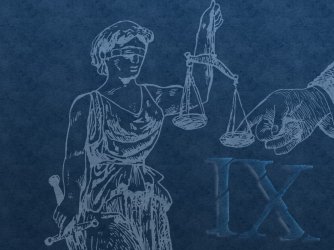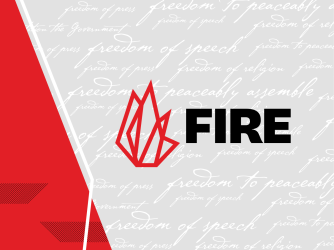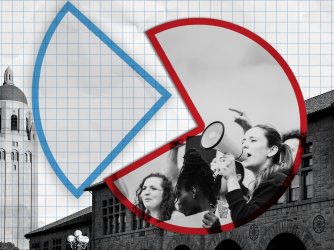Table of Contents
Not All Speech Codes Are About Ideology
One of the most common questions I’m asked is: “Why do speech codes exist.” Almost always, the questioner is expecting a response dealing with the nefarious ideological agenda of the totalitarian left. While there is no question that ideology is a factor in speech codes (Marcuse and MacKinnon have long been influential figures in the academy), there is often a much more mundane explanation: risk management.
Yes, risk management. It is simply a fact that plaintiffs in meritorious sexual harassment lawsuits can win huge damage awards. It is simply a fact that the number of those suits has been growing at an extraordinary rate. So, to prevent claims, educational institutions have adopted a corporate risk management posture. In the corporate world (where the First Amendment is meaningless), the response to the sexual harassment litigation explosion has been to adopt policies that dramatically expand the definition of harassment. The reasoning is obvious: if we prohibit sexualized conduct that not even the law prohibits, we will insulate ourselves from liability. Thus, while there is nothing in sexual harassment law that says that one co-worker cannot proposition another, companies can and do prohibit such interactions entirely. While there is nothing in sexual harassment law that prohibits “offensive” conduct without reference to its severity or pervasiveness, corporate policies routinely prohibit any kind of subjectively “offensive” interaction and encourage the reporting of such interactions to higher management. For example, while the sentiment that a “women’s place is in the home” is constitutionally protected, it is not protected from corporate (private) censorship.
But the corporate model is not the answer for universities. First, public universities do not have the legal discretion to expand the definition of harassment when such an expansion runs afoul of free speech concerns. “A women’s place in the home” can be barred when a lawyer for the law firm of Dewey, Cheatham & Howe makes that comment to his paralegal, but it cannot be barred from a class on “gender and culture.” Second, as Brett Sokolow, the founder of the National Center for Higher Education Risk Management makes clear in this article, the legal standards for sexual harassment in the employment context (governed by Title VII) are substantially different from the standards applicable to student on student harassment (governed by Title IX). In the Title IX context, the key issue is the university’s response to the alleged harassment. In Sokolow’s words, "[universities are] not liable for harassment…[they’re] responsible for [their] response to it."
In other words, the definition of harassment is far less important to real liability than the response to complaints of actual harassment. Under this scenario, it is far more important for universities to accurately define harassment (which insulates the universities from free speech claims) and then aggressively investigate complaints. Without question, sexual harassment law represents a minefield for even the most dedicated and diligent administrator, but there is a way through. Accurate definition and aggressive investigation will go a long way towards ending speech codes and unlawful harassment—the classic win/win proposition.
Recent Articles
FIRE’s award-winning Newsdesk covers the free speech news you need to stay informed.

BREAKING: New Title IX regulations undermine campus free speech and due process rights


Stanford president and provost cheer free expression in open letter to incoming class
